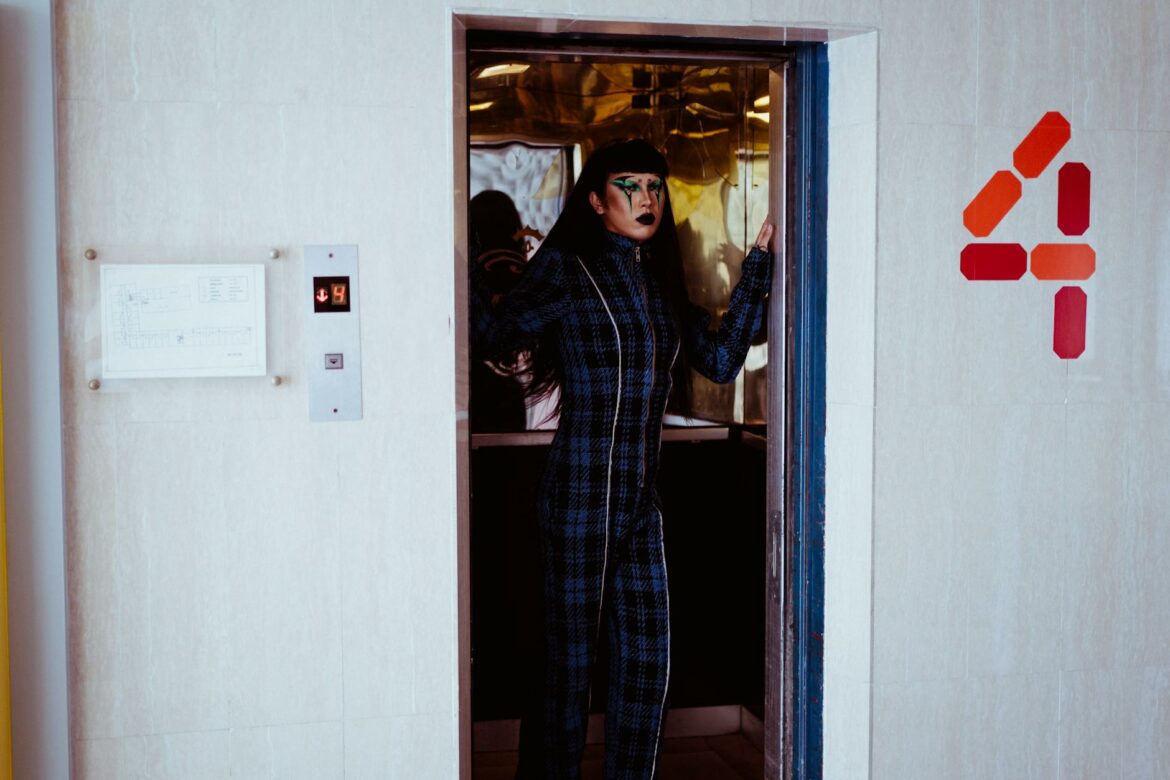Imagine scrolling through Instagram, your thumb pausing over a vibrant pink mug emblazoned with the words “Send Noods” in playful, cartoonish font. It’s a cheeky nod to a running joke amongst followers of a popular food influencer, and what was once just a humorous quip has now transformed into a consumer product. This phenomenon of influencers turning inside jokes into tangible merchandise has evolved into a savvy business strategy, blending humor and commerce in an increasingly competitive market.
The approach influencers take to monetize these inside jokes can typically be divided into two distinct camps: the custom-branded product model and the limited-edition drop model. Each has its advantages and drawbacks.
The custom-branded product model is often a steady, long-term strategy. Influencers who choose this route will design a range of products–think t-shirts, mugs, and even phone cases–each featuring their signature humor or catchphrases. The beauty of this approach lies in its ability to create a recognizable brand identity. Fans become emotionally invested, feeling like they are part of an exclusive community. For example, a lifestyle influencer might create a line of kitchenware with whimsical phrases that resonate with their audience’s daily lives.
However, this method demands a significant upfront investment in production and marketing. There’s also a risk: if the joke loses its novelty or if trends shift, the products may not sell as well as hoped. maintaining quality across a range of items can be a logistical nightmare. The influencer must balance creativity with practicality, ensuring that their products meet fan expectations while also being profitable.
On the flip side, the limited-edition drop model leans heavily on urgency and exclusivity. Here, an influencer might release a small batch of items that play on an inside joke and market it as a time-sensitive opportunity. This approach creates a sense of scarcity, pushing fans to act quickly for fear of missing out. Take, for instance, a well-known meme account that releases quirky apparel based on trending jokes. The items are available for just a week, creating buzz and excitement among followers who scramble to snag a piece of the moment.
While this strategy can generate a quick surge of revenue and attention, it can also be risky. If the influencer misjudges the timing or the joke’s relevance, they might end up with unsold inventory. Moreover, relying on the fleeting nature of trends can lead to a cycle of constantly chasing the next big thing, which is not sustainable in the long run. Plus, the audience may feel frustrated if they miss out, potentially dampening their enthusiasm for future releases.
If you only do one thing: focus on aligning your product offerings with your audience’s sense of humor, ensuring both relevance and quality.
Consider two scenarios where these approaches might lead to different outcomes. In the first, an influencer with a loyal following built around a specific theme–let’s say travel–decides to launch a custom-branded product line featuring travel-themed merchandise. They create high-quality luggage tags and passport holders with witty travel-related phrases. Here, the influencer’s audience is likely to appreciate the consistent branding, and the products might become popular staples among fans.
Conversely, imagine an influencer who primarily shares fleeting memes. If they opt for limited-edition drops, a quick-witted t-shirt based on a viral moment could sell out fast, generating immediate revenue and excitement. However, if the influencer attempts to pivot to a custom-branded line too quickly, they might face challenges. Their audience may not be as loyal to a brand as they are to a constantly changing meme. Their merchandise could fall flat if it lacks the novelty that initially attracted followers.
Ultimately, the intersection of humor and commerce in the influencer world is a delicate dance. Each method has its pros and cons, and the choice largely depends on the nature of the influencer’s brand and their audience’s expectations. Successful influencers are those who can navigate this landscape with insight, ensuring that their inside jokes not only entertain but also translate into products that resonate with their followers.

